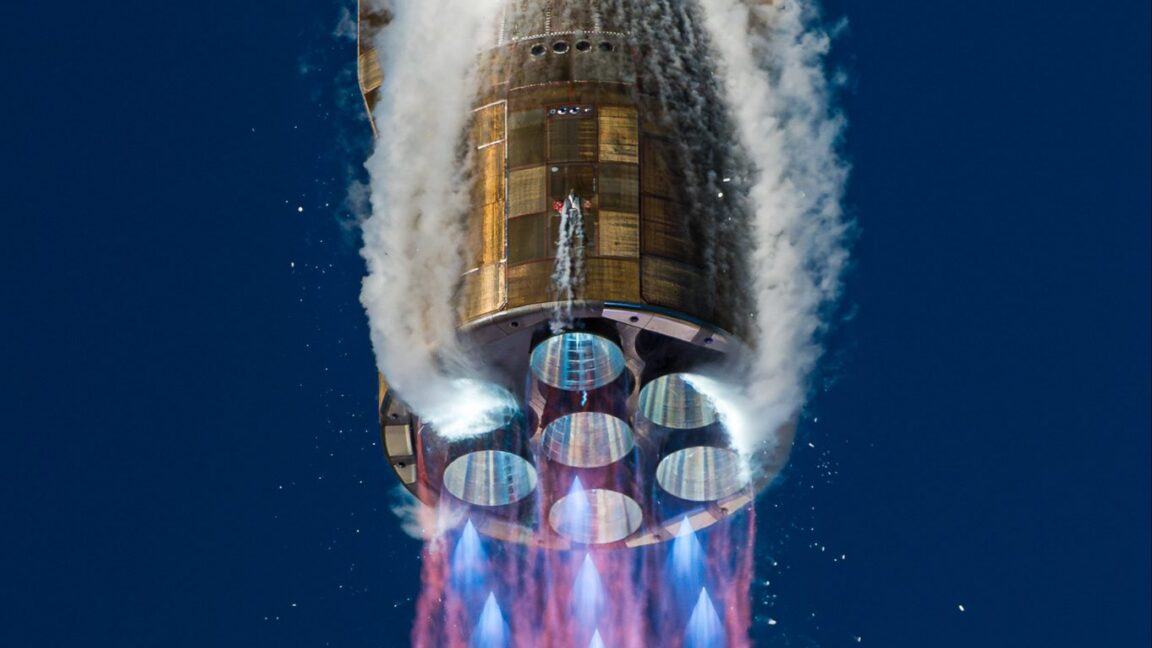
“Right now they’re coming off the line once a month and then we’re moving on from there,” he said of the second phase, known internally as GS-2. “It would be ambitious to get to the top, but we want to be hardware rich. So, you know, we want to try to keep building as quickly as possible, and then with practice I think our launch cadence can go up.”
The biggest part of the growing rhythm is manufacturing. This means the BE-4 rocket engine for the first stage, the BE-3U engine for the upper stage, and the stage itself.
“With the Rockets, it’s tough,” Limp said. “It’s easy to make prototypes but it’s much harder to build machines to make them at a high volume rate. And so I feel like, when I look at the factories, our engine factory in Huntsville, the rocket factory here at the rocket park and Lunar Plant 1, I feel like there’s a lot of energy when you walk on the floor.”
Since joining Blue Origin nearly two years ago, Limp said increasing production has been one of his most important goals.
“You’ve never done manufacturing, but I think we’re incredibly strong on the engine front,” he said. “We’re going to double the rate again next year. We have work to do, but with the second phase I think we’re getting there. With the boosters, we’re getting there. The key is to be hardware rich, so even if there are anomalies on some of these missions, we can recover quickly.”
Next stop, the moon
Blue Origin retrieved the New Glenn first stage from last week’s flight and brought it to port on Monday. Although it appears cleaner than the Falcon 9 first stage used, this is largely due to the use of methane propellant, which does not produce soot like kerosene propellant. It will take some time to determine whether this recovered first stage will be able to fly again, but if it is not ready soon then Blue Origin’s third first stage is about to be completed.
